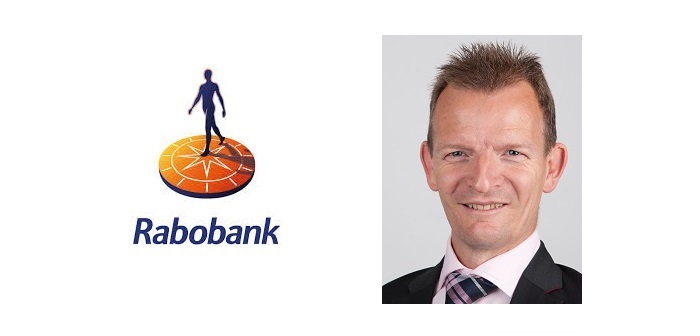The global pork market will continue its slow recovery during the final quarter of 2015, with the same trend carrying over into 2016, but with adverse exchange rates increasingly dominating the market, according to the last pork quarterly report from Rabobank.
Commenting that the global market shows a “clear mismatch between supply and demand”, Rabobank animal protein analyst, Albert Vernooij (pictured above), said that while there were elevated price levels in one group of countries, others were having to cope with pressured prices.
In relation to the US, for example, he said the market was “stabilising”, supported by modest herd growth and positive consumption growth.
For the EU, in contrast, he said the market “remains weak, with few positive prospects”.
“The recovery of the global market in Q2 contracted unexpectedly in July, followed by a slow recovery in the months thereafter,” it is stated in the 11-page report.
“Depreciating currencies in main import markets pushed up prices of imported pork, which hampered import growth in the first part of Q3. This was largely compensated by rising Chinese imports in the second part of the quarter. Combined with the decline in domestic production in these countries, rising pork prices were the result.
“Supply growth in the main exporting regions (the US, EU and, to a lesser extent, Canada) was not able to reach the demanding markets in Asia. As a result, the Rabobank five-nation pig price index declined into Q3, followed by some recovery towards the end of the quarter.
“The global pork market will slowly improve towards the end of 2015 and into 2016. Trade is expected to continue to rise, but exchange rate developments will impact both the volumes and returns in key export markets.”
Looking specifically at the EU, the report states that the extra support being given by the European Commission to the pigmeat sector, will not cover the losses experienced to date. It also observes that the Russian market “will not reopen” until July 2016 at the earliest “and possibly even later”.
The point is then made that “only rising domestic demand” can change the overall market situation in the EU “for the better”.
“The whole EU pork industry, from farmers to further processors, should work together to promote EU pork as the consumer level,” it is stated, “especially because while exports relieve part of the pressure on the EU market they do not really support prices. In addition, while the current positive exchange rate is supportive of exports, this might change at some point in the future.”




